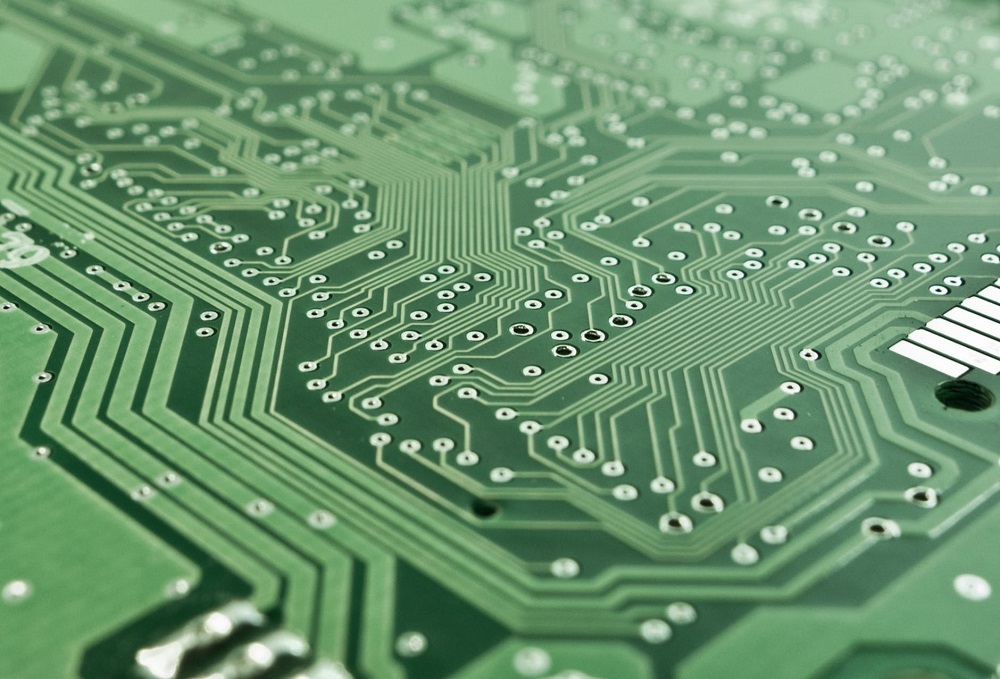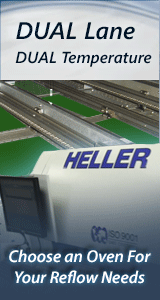The printed circuit board, or PCB, is responsible for connecting all the components with each other in your electronic assembly. Making just one tiny error in the design could lead to complete failure. PCB layout design requires ardent precision and great technological skills.
Manufacturing techniques and innovative design tools have enabled Printed Circuit Boards(PCB) manufacturers to bring down the cost of PCBs in the past years. However, the cost of production can increase due to errors in the PCB design. That means it is imperative for PCB designers to avoid such fabrication errors, while designing PCBs for an electronic assembly.
What really adds to the cost of PCB production are errors in the design of Printed Circuit Boards from the start. There are a number of common mistakes to be aware of, and to try and avoid. Some of the most common are discussed below. Avoiding these common mistakes will result in reduced cost by avoidance of rework and fabrication delays, while also producing a higher quality end product.
Incorrect landing patterns
PCB design software tools include libraries of commonly used electronic components. These libraries include both the schematic symbol, as well as the PCB landing pattern or footprint. If you just use the components in these libraries you won’t have much trouble.
However, if use components which are not in the libraries, you have to manually draw the schematic symbol and landing pattern. One must be very careful drawing the footprint/landing pattern because if the pin to pin spacing is off at all, even if only a millimeter, the device will not be soldered to the board properly.
Sub-optimal wireless antenna layout
Layout of an antenna for wireless functionality is critical. For maximum power transfer between transceiver and antenna, must have matched impedance. Consequently,
There is proper micro-strip connecting the antenna and the transceiver. A microstrip is a type of transmission line fabricated on a PCB for carrying microwaves (high frequency radio waves). This is a conducting strip separated from a ground plane by a dielectric layer. Generally, the microstrip needs to be designed with a 50 ohm impedance for maximum power transfer with the antenna.
In addition to using a 50-ohm microstrip transmission line, it’s also generally necessary to add some type of LC matching circuit like a pi-network. This allows fine tuning of the antenna impedance for optimum matching and maximum power transfer.
Location of decoupling capacitors
Clean, stable voltage sources are best for critical components such as decoupling capacitors. To help in this, it’s recommended to place decoupling capacitors on the power supply rail.
However, for decoupling capacitors to work their best they must be as close as possible to the pin requiring the stable voltage. Therefore, the power line coming from the power source needs to be routed so it goes to the decoupling capacitor before going to the pin needing a stable voltage.
It’s also critical to place output capacitors for the power supply regulator as close as possible to the output pin of regulators to optimize stability and to improve transient response.
Insufficient power trace width
If a PCB trace will have more than roughly about 500mA flowing through it then the minimum width allowed for a trace probably won’t be enough. The required width of a trace depends on
- internal or external layer
- thickness or weight of the copper foil
For the same thickness, an external layer can carry more current for the same width than an internal trace (external traces have more air flow enabling better heat dissipation).
Thickness depends on how much copper is being used in that layer. You can choose from various copper weights from 0.5 oz/sq.ft to about 2.5 oz/sq.ft. Or, if preferred you can convert the copper weight to a thickness measurement such as mils.
Then when calculating the current carrying capability of a PCB trace you must also specify the permissible temperature rise for that trace.
Generally a 10C rise is a safe choice, but if you need to squeeze down the trace width more you can use a 20C or higher allowed temperature rise.
Blind/buried vias
Typically a through via goes through all layers of your board. So even if you only want to connect a trace between 2 specific layers, all layers will also have this via. One result of through vias is an increase in the PCB size, since vias reduce the routing space on layers.
Alternatively,
- a “blind” via connects an external layer to an internal layer,
- a “buried” via connects two internal layers. However, there are strict limitations on which layers they can be used.
Unfortunately, it’s all too easy to use blind/buried vias that can’t actually be manufactured.
To understand their limitations you must understand how the layers are stacked to make a board.
Choosing the Wrong Design Tool
Choice of the right tool is one of the most important and fundamental steps for a successful PCB design. It’s always recommended to select the tool that best suits your PCB designing requirements as choosing the wrong one, or an inefficient one will create problems like:
- Design delays
- Increased manufacturing costs.
There are a number of easy to use electronic design automation (EDA) software packages available to choose from. Consider carefully, and select the tool that best suits your needs.
Copper Thickness
Often designers choose 1/2 ounce of finished copper thickness; however, this may fail to provide adequate plating in vias and thru holes. To ensure a successful design, it’s generally recommended to select copper with a finished thickness of 1 to 2 ounces per square ft to avoid this concern.
There are numerous methods available to avoid most of these common PCB design mistakes,
- Follow best practices, including design reviews and collaboration with suppliers
- Utilizing the correct design tools and evaluating prototypes
Design tools work to minimize problems and provide complete specification files, ready for fabrication. Providing all the necessary files to suppliers for fabrication ensures accurate information and a PCB that meets requirements.
Utilize Design for Manufacturing (DFM) tools to analyze finished designs for manufacturability.






